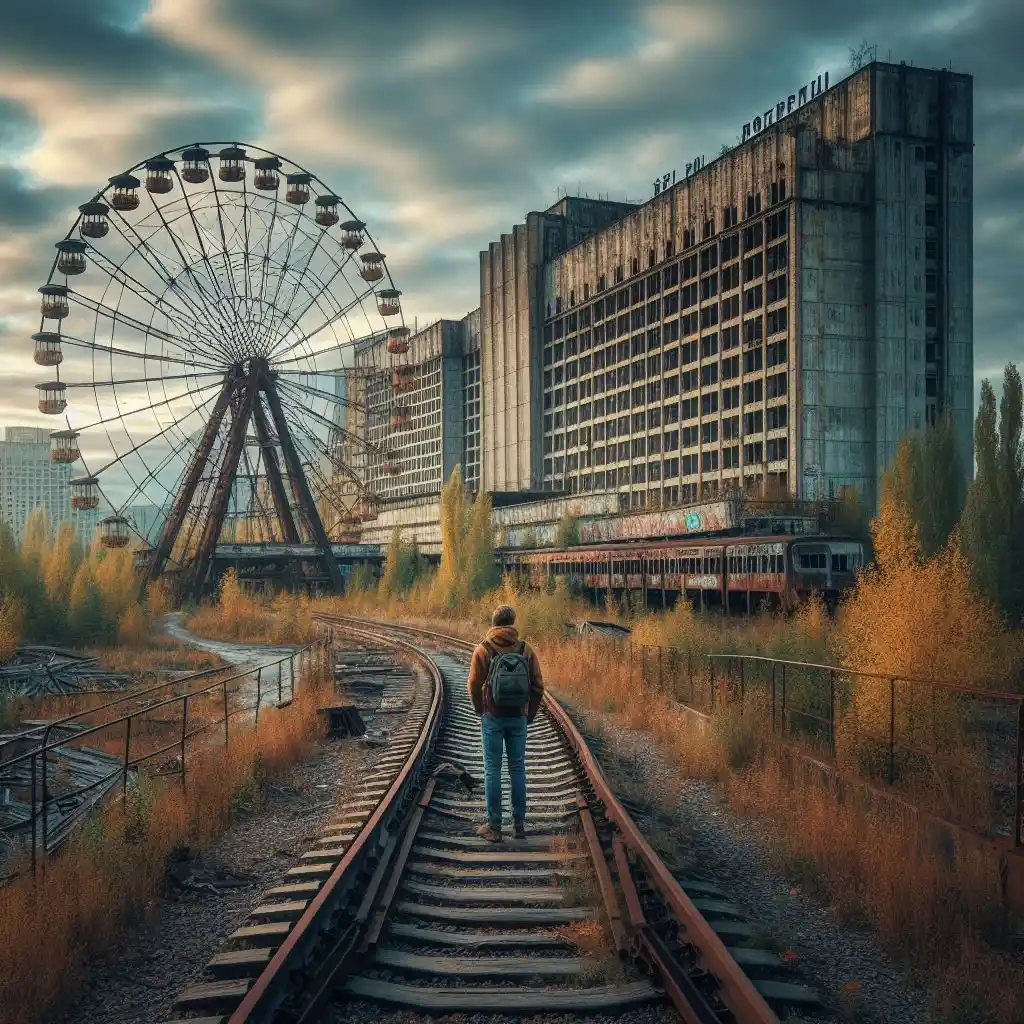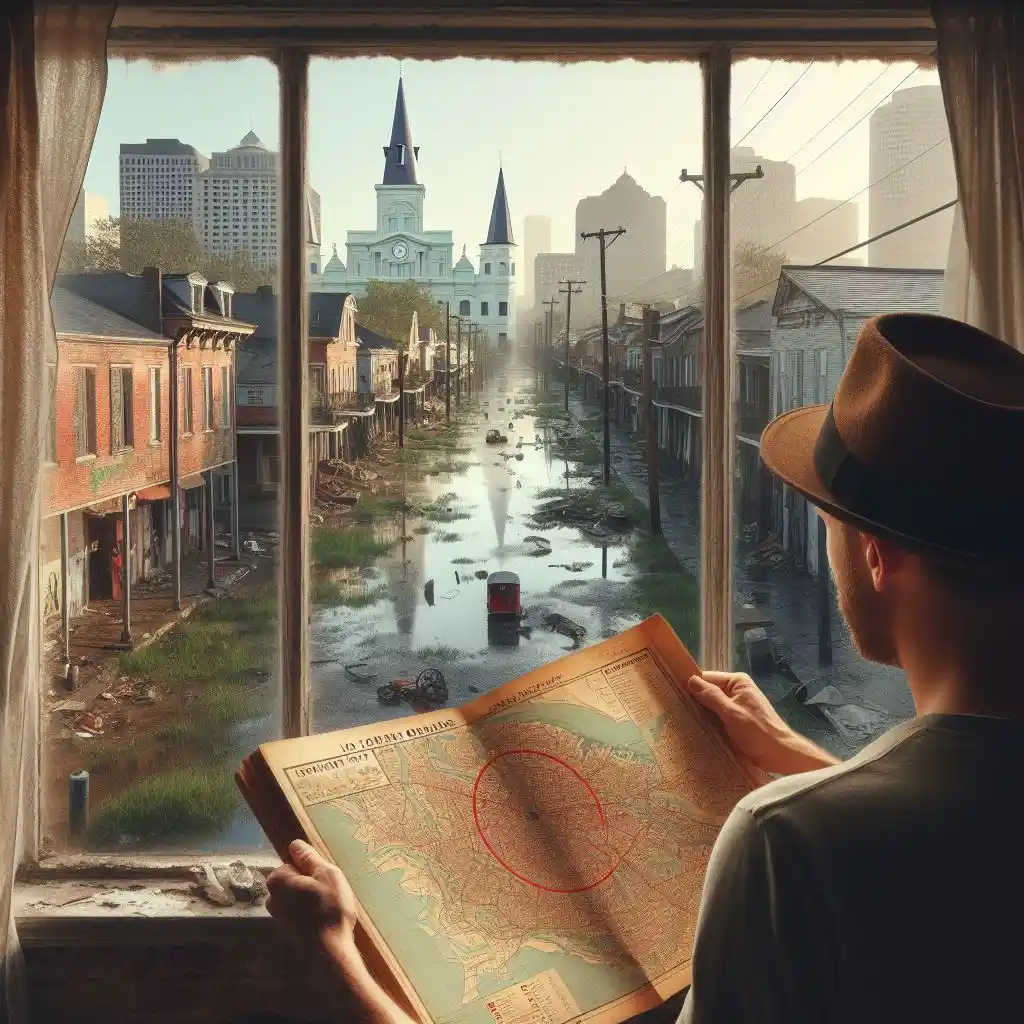A haunting new travel trend has gained momentum over the last few decades, enticing explorers to destinations defined by grisly histories. Known as “dark tourism,” this phenomenon revolves around visiting locations associated with death, suffering, disaster, or the seemingly macabre. Everyone from history buffs and ghost hunters to selfie-snapping influencers now journey to former prisons, cemeteries, nuclear disaster zones, or haunted houses for reasons spanning education, entertainment, and emotion.
The rising popularity of death-related attractions underscores humanity’s complicated attraction towards mortality’s darker dimensions. While the media sensationalizes extreme cases of “grief voyeurism,” studies suggest most visitors express sincere motivations like honoring victims or learning vital lessons about the capacity for evil. Of course, the commercialization of calamity also raises serious ethical questions.
As dark tourism continues expanding in recognition and scope, what deeper human drives feed such impulses? Why do once overlooked disaster sites suddenly transform into booming global destinations? Let’s examine the historical evolution, categories, motivations, and controversies around humanity’s age-old fascination with death manifested in modern travel trends.
From Public Executions to Ghost Tours: A Brief History of Our Morbid Fascinations
Dark tourism and its current manifestations can trace roots far back in human history. Public executions notoriously drew exuberant medieval crowds while early Christian pilgrims defiantly flocked to sites of martyrdom and venerated saints’ remains. Scholars cite these practices as early evidence of humanity’s macabre curiosity towards death.
Over the centuries, war and revolution opened access to new realms of morbid tourism whether honoring fallen soldiers or rubbernecking at fresh conflict zones. And ghost stories from haunted castles to grisly urban legends further indicate our age-old obsession with flirting with macabre themes.
However, the specific scholarly field exploring “dark tourism” took shape far more recently. In 1996, sociologists John Lennon and Malcolm Foley coined the term to describe modern tourist interest in sites like Holocaust memorials, assassination locations, and battlegrounds. Since then, historians and social scientists expanded dark tourism into a flourishing interdisciplinary realm spanning psychology, anthropology and more.

Definitions also grew more nuanced regarding diverse tourist motivations. Philip Stone created a “dark tourism spectrum” model categorizing intensity levels. Peter Tarlow, meanwhile, framed orientations spanning “pale tourism” like ghost tours to the “darkest shade” of visiting genocide sites. But connecting threads reveal exploring mortality’s touch remains an enduring human fascination.
Sites of Mass Death and Genocide
Locations like concentration camps, genocide memorials, and infamous battlefields attract visitors to learn about historical atrocities. Sites such as Auschwitz-Birkenau, Cambodia’s Killing Fields, and Gettysburg cater to those seeking educational context around shocking mass deaths. Some argue preserving these crime sites aids the duty of remembrance.
However, others contend it risks commodifying tragedy into morbid entertainment. Critics point to selfie-taking tourists at sites like the 9/11 Memorial as evidence of voyeuristic impulses exploiting historical suffering. Operators walk a delicate line between education and tacky sensationalization at these major death sites.
Locations of Deadly Disasters
Visitors also flock to revamped scenes of catastrophic disasters whether natural or human-caused. For example, guided tours through the haunting ruins and ghost towns inside Chernobyl’s radioactive Exclusion Zone soared in popularity after an HBO dramatization. New Orleans tourism surged post-Katrina to view storm impacts while shipwreck sites like the Titanic spawn continued fascination.
This “disaster tourism” underscores humanity’s allure towards locations suddenly abandoned or transformed due to mass calamity. While also educational, many travelers admit motivations like post-apocalyptic atmosphere or even seeking ghostly encounters in these liminal spaces between life and death. The disaster tourism industry continues leveraging this morbid allure in innovative ways.
Haunted Sites and Supernatural Destinations
Many dark tourism locations leverage supernatural folklore whether genuine or invented. Bran Castle in Romania draws fascination due to its ties to Vlad the Impaler who inspired vampire legends. The mist-filled catacombs beneath Paris seduce visitors with stories of hauntings. And Salem, Massachusetts thrives on witch trial history and haunted happenings.
Ghost-centric tours, overnight stays in reportedly haunted hotels, and paranormal investigation events grew massively in recent decades. This lighter “pale” dark tourism satisfies public fascination with getting thrilled by the possibility of spectral encounters. It also demonstrates the commercial incentives to amplify (or fabricate) spooky stories behind travel destinations.

Macabre Museums and Morbid Exhibits
Another variety of dark tourism involves visiting intentionally curated collections of death-related artifacts. Forensic and anatomical museums display human remains while showcasing past innovations. Others like Philadelphia’s Mütter Museum highlight medical oddities in an artistic context.
Meanwhile more controversial venues exhibit tools used by serial killers or blood-stained items from murder cases. For example, the Museum of Death in Hollywood draws criticism for commercially showcasing graphic disaster photography and Heaven’s Gate cult artifacts. Critics argue the veneration and display of such graphic historical evidence risks glorifying horrific acts.
Motivations Behind Dark Tourism
While individual motivations run the gamut, common incentives drawing visitors to dark tourism sites include:
- Educational Reasons: Learning about history, forensics, disasters to prevent repeats
- Paying Respects: Honoring victims, memorialization, grappling with mortality
- Paranormal Allure: Seeking supernatural thrills by visiting haunted sites
- Morbid Curiosity: Fascination with death and disaster colored by macabre allure
Of course, the actual motivations often combine complex psychological elements spanning remembrance, scientific intrigue, and an innate human gravitation towards examining death from a safe distance.
Dark Tourism Controversies and Concerns
For all its popularity, dark tourism also courts consistent controversy and criticism. Concerns tend to coalesce around the perceived commodification of tragedies and ethics questions around displaying evidence of human suffering.
For example, some argue that transforming sites like concentration camps or disasters into tourist attractions risks trivializing historical atrocities. Others contend that showcasing items like death row prisoner artwork or killer memorabilia in museums glorifies horrific crimes.
Ongoing debates weigh educational value versus accusations of grief voyeurism. It mirrors larger social questions around the best ways to respectfully honor the dead or their tragic fates in public venues. Finding the balance continues challenging dark tourism operators and destination stewards moving forward.

Reckoning with Mortality’s Allure: The Complex Legacy of Dark Tourism
In the end, dark tourism, for all its controversies, seems likely to endure as an immutable traveling niche reflecting humanity’s complicated relationship with mortality. The allure of staring tragedy in the face retains an irresistible, if taboo, psychosocial magnetism even in the modern age.
And as technology evolves, so do the ways we engage with death’s dark legacy whether through interactive VR recreations of disasters or augmented reality apps pinpointing ghosts in haunted hotels. Dark tourism also sheds light on how cultures reconcile national traumas. Even professionally curated sites remain living things subject to ever-shifting historical analyses and political whims.
Perhaps the phenomenon’s growth underscores our unquenchable drive towards better comprehending death’s mysteries in a world where open engagements with mortality fade. Or maybe we feel beckoned closer by the macabre as a welcome counterweight to digital artifice and modern alienation.
But what do you think after reading about dark tourism’s spread and many dimensions? Do you see it as exploitative disaster porn or holding potential as a psychological balm? Would you ever visit a dark tourism destination? Tell us your thoughts on this surprising global phenomenon!

